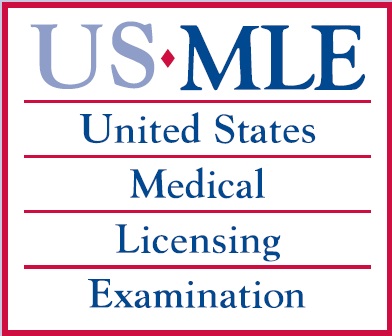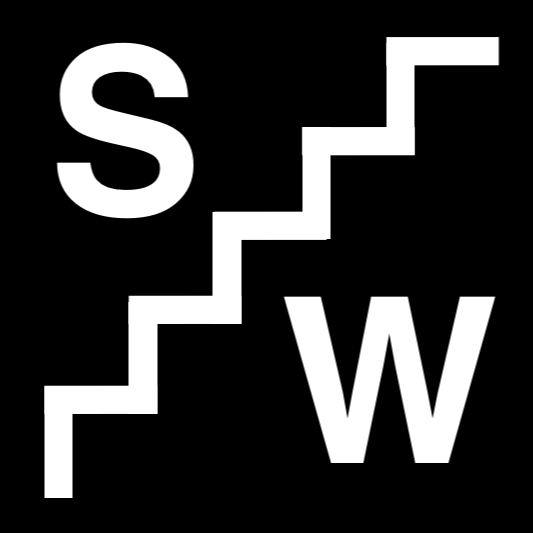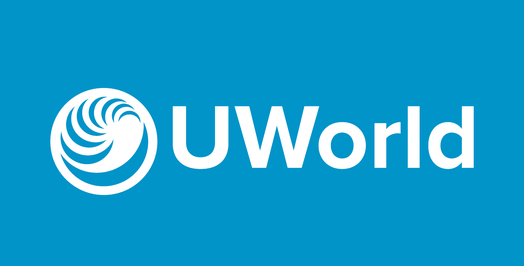Page Contents
OVERVIEW
This page is dedicated to discussing the core elements of the USMLE Step 2 clinical skills (CS) exam. This is an exam (often referred to as one of the boards) that is required for medical licensing in the United States.

WHAT ARE SOME OF THE BASICS?
While this exam was already introduced on the Standardized Exams For The Medical Student page there are a few key points to keep in mind when thinking about Step 2 CS.
What is the point of this exam?
The purpose of this exam is to try and evaluate how effective medical students are in performing the various tasks:
- Gathering a focused patient history
- Performing a focused physical exam
- Communicating one’s clinical thinking with patients
- Documenting the patient workup in an electronic note
- Creating a differential of diagnosis
- Deciding which diagnostic tests to order for various patients
What is the format of the exam?
This exam is composed entirely of patient encounters with standardized patients (there are NO multiple choice questions). 12 patient encounters are conducted by each patient over the course of 8 hours. Each patient encounter has the following components:
- Patient interview (15 minutes): during this period the student is to read the patient vitals, interview the patient, and conduct the physical exam.
- Patient note (10 minutes): during this period of time, the student is required to write the patient note that has the following sections
- Patient history
- Patient physical
- Differential diagnosis (with supporting evidence from either history of physical)
- Diagnostic tests to order
A general overview of the entire testing day is shown below:
- Tutorial (time varies)
- Block of 3 patient encounters (~1.5 hours)
- Break (10 minutes)
- Block of 3 patient encounters (~1.5 hours)
- Lunch break (30 minutes)
- Block of 3 patient encounters (~1.5 hours)
- Break (10 minutes)
- Block of 3 patient encounters (~1.5 hours)
- End of examination
How is the exam graded?
This particular exam is pass/fail. No numerical score is given to students.
WHAT ARE SOME OF THE “CORE” RESOURCES I SHOULD USE WHEN PREPARING FOR THIS EXAM?
It is important to realize that there is always subjectivity when deciding which resources one should use for the Step exams. In this section the goal is to try and lay out the most objectively useful resources that arguably should be considered by ALL students preparing for their Step exam:
This Website (Stepwards.com): It is important to realize that a large element for creating this website was to craft resources for medical students to help make preparing for the standardized exams (like the step exams) much easier. Much of the content on here has been created during the process of preparing for the various step exams, and is fundamentally useful in helping students prepare for the test.

Here are a few specific sections of the website that are especially “high yield” for neurology shelf studying:
- USMLE Content Outline (complete outline): much of the content that is listed on this official USMLE outline also overlaps with what is tested on the various step exams. Each step exam can cover all the different sections of this content outline.
First Aid For The USMLE Step 2 CS: this book is essentially thought of as a great resource for anyone preparing for this step exam. It is a very dense, and condensed reference guide to much of the content that could be covered on the Step exam. This book can be found here.

WHAT ARE SOME OTHER RESOURCES WORTH EXPLORING?
While the rest of the resources listed below can all be very useful, it is important to realize that it is really not practical to purchase/work through them all. Every student needs to be true to their own learning style and invest in the materials that are tailored to their educational needs. Below are some resources that are worth considering.
UWorld Step 2 CS Question Bank: it is important to realize that this question bank is NOT created by the testmakers of the Step exams, however some students are fond of the question banks made by UWorld. This particular question bank is composed of various clinical cases aimed to be beneficial to those studying for Step 2 CS. This question bank can be found here.

**OTHER RESOURCES THAT MAY BE USEFUL TO STUDENTS MAY EXIST EVEN IF THEY ARE NOT LISTED ABOVE**
Page Updated: 05.18.2017